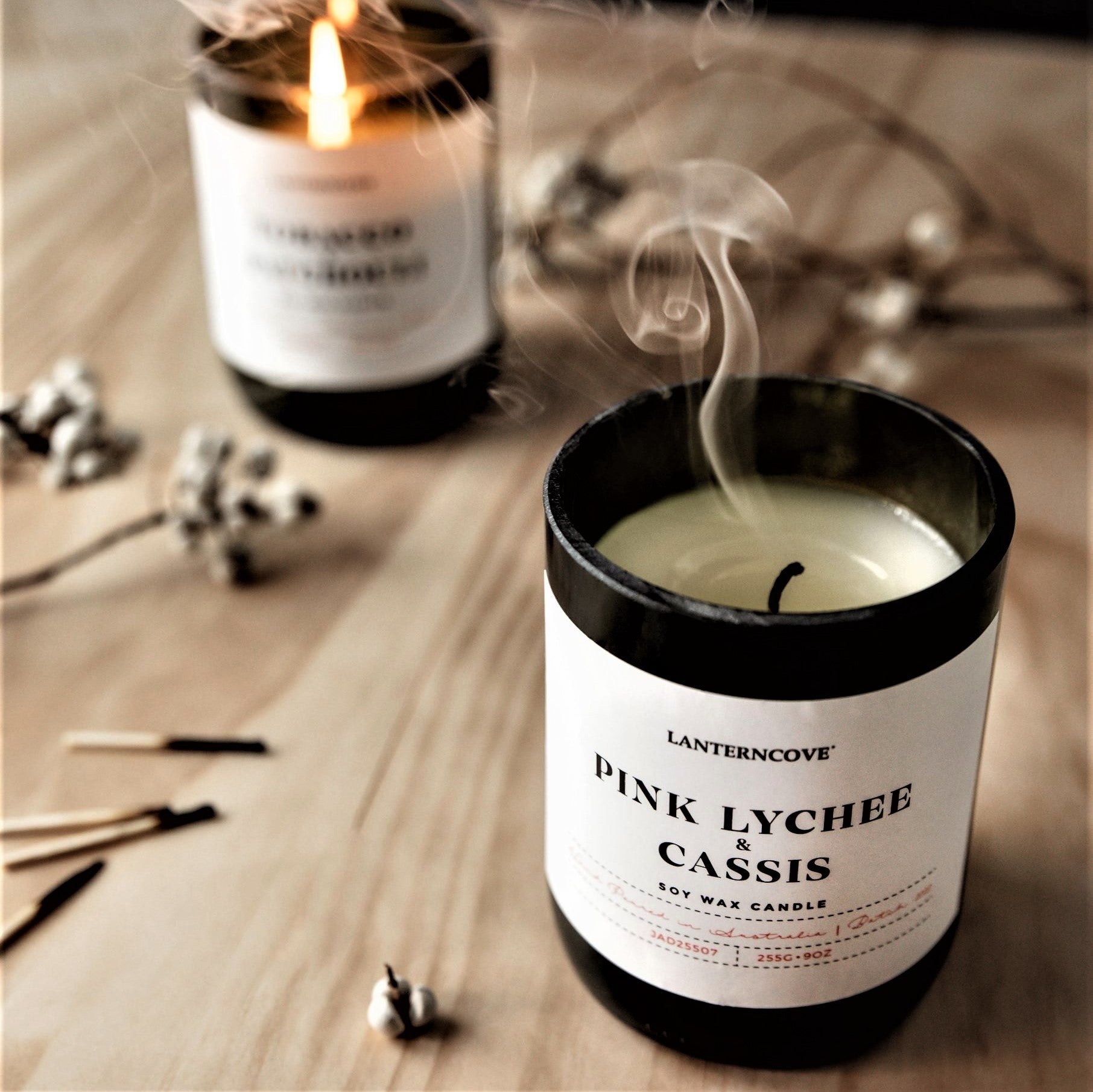Boost Your Room with Costs Soy Wax Candles and Home Fragrance
Wiki Article
From Wick to Wax: Recognizing the Chemistry Behind Soy Wax Candles and Their Ecological Influence
As we brighten our spaces with the warm glow of candle lights, there exists a realm of intricate chemistry behind the relatively basic act of lighting a soy wax candle. Join us as we unwind the scientific complexities behind soy wax candle lights and explore their effects on our atmosphere.Soy Wax Vs. Paraffin Wax
When comparing soy wax and paraffin wax for candle light production, it is necessary to recognize the distinct attributes and advantages of each product. Soy wax is an all-natural, renewable energy originated from soybean oil, making it naturally degradable and green - soy candles. In contrast, paraffin wax is a byproduct of petroleum refining, which elevates concerns concerning its ecological impact and sustainabilitySoy wax candle lights burn cleaner and release much less residue contrasted to paraffin wax candle lights, making them a much healthier option for indoor air top quality. Additionally, soy wax has a lower melting factor, permitting a longer-lasting candle light that spreads scent extra properly. Paraffin wax, on the various other hand, has a tendency to melt faster and much less cleanly, possibly releasing dangerous chemicals right into the air.
From a sustainability viewpoint, soy wax is favored for its biodegradability and sustainable sourcing, aligning with the growing consumer choice for environmentally aware items. While paraffin wax has been a conventional selection in candle making as a result of its affordability and ease of usage, the shift towards environment-friendly options like soy wax is gaining energy in the sector.
Chemical Structure of Soy Wax

Combustion Process in Soy Candles
The chemical structure of soy wax straight influences the burning procedure in soy candles, affecting variables such as burn time, scent release, and ecological effect. When a soy candle is lit, the heat from the fire melts the wax near the wick. This fluid wax is after that prepared the wick because of capillary action. As the fluid wax reaches the flame, it goes through and vaporizes burning. The combustion process entails the vaporized hydrocarbons in the wax reacting with oxygen soy wax candles airborne to create heat, light, water vapor, and carbon dioxide.
The combustion performance of soy candles is affected by the purity of the soy wax and the high quality of the wick. A clean-burning soy candle with a correctly sized wick will certainly create a steady fire and lessen residue formation. This not only expands the shed time of the candle light however also improves the launch of fragrances. Furthermore, soy wax candles have a reduced ecological impact compared to paraffin candle lights due to their eco-friendly and naturally degradable nature.

Ecological Advantages of Soy Wax

Taken into consideration a lasting choice to typical paraffin wax, soy wax supplies remarkable environmental benefits that make it a popular selection amongst eco-conscious customers. One considerable benefit of soy wax is its sustainable sourcing. Soy wax is originated from soybean oil, which is primarily cultivated in the USA. The cultivation of soybeans helps sustain regional farmers and decreases the dependency on non-renewable fossil fuels used in paraffin wax manufacturing. In addition, soy wax is naturally degradable, implying it breaks down naturally without launching hazardous toxins right into the atmosphere. This characteristic makes soy wax candles an extra ecologically friendly alternative contrasted to paraffin wax candle lights, which are made from petroleum, a non-renewable source. Soy wax burns cleaner and creates much less soot than paraffin wax, contributing to better interior air quality and minimizing the need for cleansing and maintenance. On the whole, the environmental advantages of soy wax align with the expanding demand for sustainable and eco-friendly products on the market.
Recycling and Disposal Factors To Consider
Recycling and proper disposal of soy wax candle lights play an important function in keeping ecological sustainability and lowering waste in communities and households. When it comes to reusing soy wax candle lights, the initial step is to ensure that the candle light has actually shed totally.
In regards to disposal, if recycling is not an option, soy wax candle lights are naturally degradable and can be safely taken care of in many family waste systems. Nevertheless, it is always suggested to talk to neighborhood recycling centers or waste monitoring solutions for certain guidelines on candle light disposal to make certain appropriate handling and environmental security.
Final Thought
In verdict, the chemistry behind soy wax candles reveals their ecological advantages over paraffin wax candle lights. Soy wax, acquired from soybean oil, burns cleaner and produces less residue when contrasted to paraffin wax.When contrasting soy wax and paraffin wax for candle light making, it is crucial to comprehend the distinctive characteristics and advantages of each product (home fragrance).Soy wax candle lights melt cleaner and give off much less soot compared to paraffin wax candles, making them a healthier option for interior air quality.Thought about a lasting choice to typical paraffin wax, soy wax offers notable environmental advantages that make it a preferred selection amongst eco-conscious customers. Soy wax burns cleaner and generates less soot than paraffin wax, contributing to much better indoor air high quality and minimizing the need for cleaning and maintenance.In conclusion, the chemistry behind soy wax candles reveals their environmental advantages over paraffin wax candles
Report this wiki page